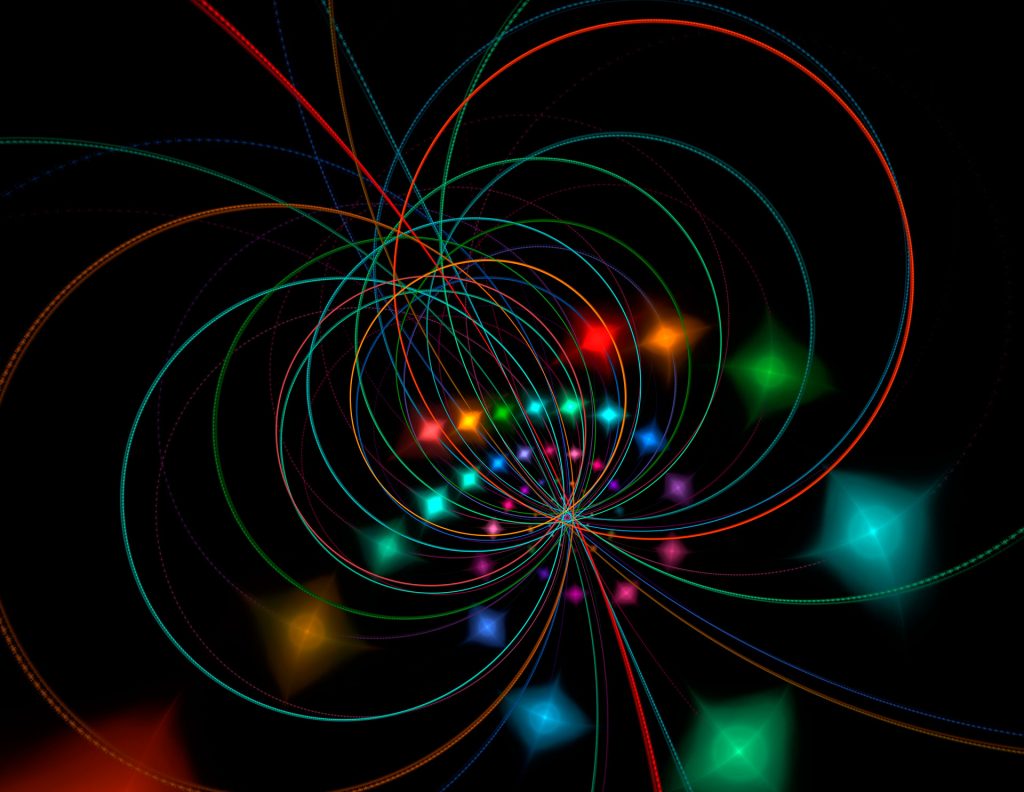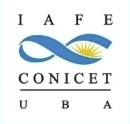
Gravitation, Cosmology and String Theory
The study of dynamic interactions of atomic particles and photons with matter is one of the frontier topics of quantum physics, of interest both in basic science and in the development of many of the modern technologies, such as molecular electronics, opto-electronics and nanotechnology. Within this vast field, the work of the group of Quantum Dynamics in Matter covers different lines of research, ranging from the interaction of charged particles – ions, atoms, electrons – with matter, to processes that occur in grazing collisions with surfaces and ionization of gases and solids by ultrashort laser pulses (of the order of attoseconds).
In cosmology, a proper understanding of the transition of the Universe from an initial quantum stage to a final regime where statistical probabilities become classical could shed light on the observed anisotropies in the Cosmic Microwave Background (CMB) radiation and guide the understanding of the interface between Gravitation and Quantum Physics.
At the IAFE, we work on the formulation of alternative gravitational theories to General Relativity, which is a possible strategy to avoid its most controversial issues -such as the formation of singularities-, to provide well-behaved solutions in the strong gravitational field regime, and to describe the Universe without resorting to dark matter and dark energy.
In the context of General Relativity or alternative theories, IAFE also investigates black holes and other compact objects of a more speculative nature, such as wormholes, which represent tunnels in spacetime. We also study the gravitational lensing effects that compact objects produce on the propagation of light and, in particular, we analyze the so-called shadows of rotating black holes. The stability and the type of matter required for the construction of wormholes are also studied.
On the other hand, String Theory is a consistent theory of quantum gravity. As such, it constitutes an ideal platform for research into possible quantum corrections to Einstein’s equations and their solutions. The one-dimensional character of the string endows it with unique features, not shared by particles, such as the possibility of coiling in compact spaces. This freedom translates into multiple symmetries present in the theory, which strongly restrict the space of corrections to General Relativity. The IAFE string group specializes in string symmetries, their impact on quantum corrections to gravity and the development of generalized geometries that transcend Riemannian geometry and are more suitable for a description of quantum gravity.
